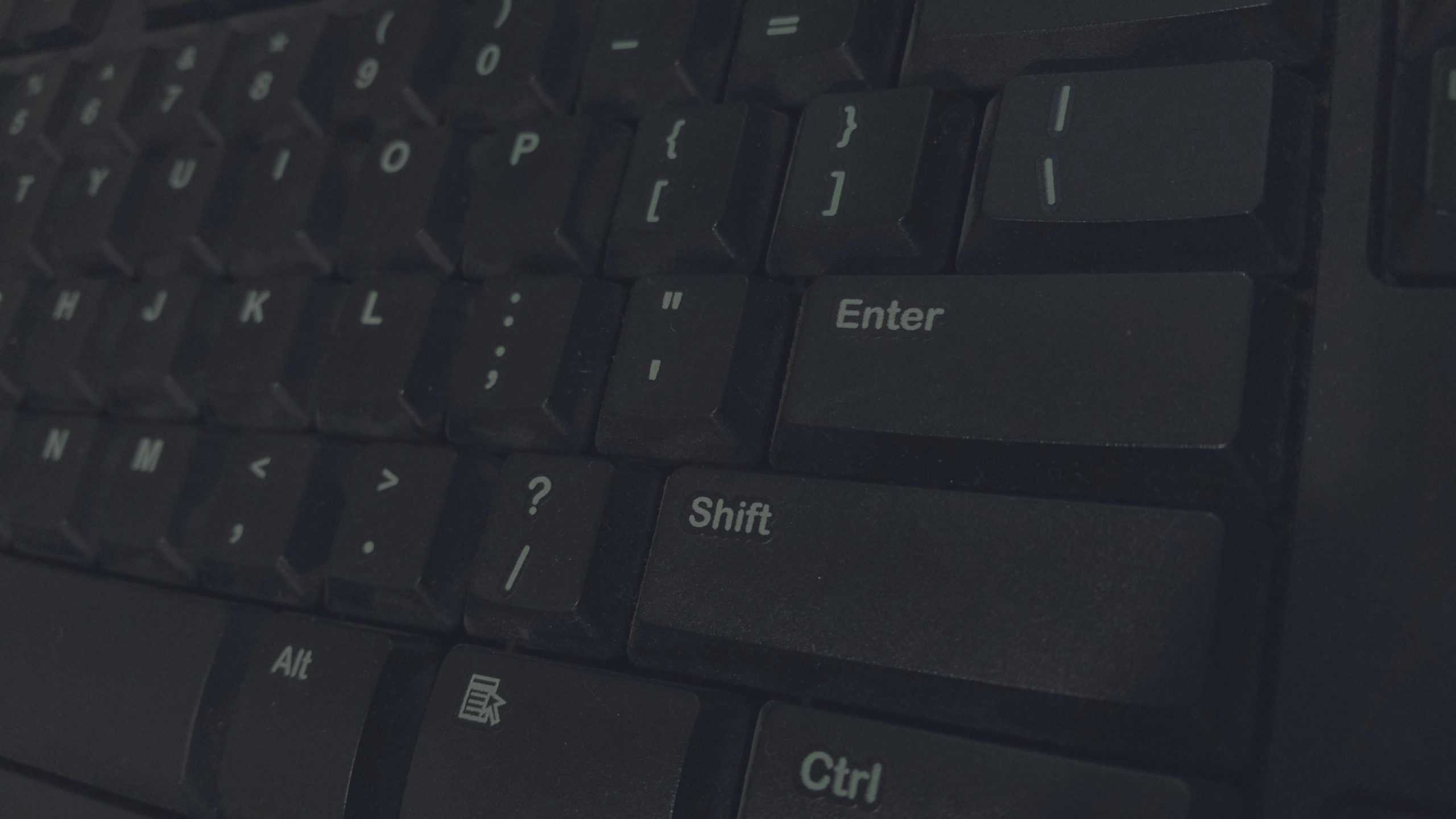Troubleshooting Desktop Accessibility Issues After Windows Upgrade: What to Do When Your Screen Becomes Unresponsive
Experiencing unresponsive desktops can be a major source of frustration, especially when normal interaction with your Windows environment is suddenly disrupted. Recently, many users who’ve upgraded from Windows 10 to newer versions have reported encountering situations where their screen becomes inaccessible, requiring an unusual workaround: pressing Ctrl+Alt+Del followed by canceling.
Understanding the Issue
The typical scenario involves starting up the computer, only to find that at some point, mouse and keyboard inputs are no longer effective. Users observe that they cannot click, select, or interact with the desktop interface. The problem may occur intermittently during regular use, leading to significant inconvenience.
In a recent case study, a user reported that after upgrading from Windows 10, they experienced this exact behavior. Interestingly, a colleague’s workstation running the same Windows 10 version exhibited similar issues. Despite the different hardware, both systems shared a common configuration: a keyboard connected through a KVM (Keyboard, Video, Mouse) switch.
Initial Assumptions and Troubleshooting
Given the pattern, one might suspect compatibility or hardware issues:
- Hardware Compatibility: Upgrading may have introduced driver conflicts, especially with peripherals connected via KVM switches.
- Software Conflicts: Newer Windows updates might be provoking system instability with certain hardware setups.
- Peripheral Devices: The shared connection through a KVM switch might be causing input or display disruptions under certain conditions.
Potential Causes
While there is no single definitive cause, several factors could contribute:
- KVM Switch Compatibility: Not all KVM switches handle newer Windows versions seamlessly, leading to input or screen outages.
- Display Drivers: Outdated or incompatible graphics drivers may cause temporary unresponsiveness.
- System Resources or Background Processes: Excessive CPU or memory utilization might impede responsiveness.
- Windows Updates: Certain patches may introduce bugs affecting peripheral device handling.
Proposed Solutions
To resolve or mitigate this issue, consider the following troubleshooting steps:
-
Update All Drivers: Ensure that your graphics, chipset, and peripheral drivers are up-to-date. Focus on drivers related to your keyboard, mouse, and display hardware.
-
Test Without the KVM Switch: Connect your keyboard and monitor directly to the PC temporarily to determine if the KVM switch is the cause.
-
Check for Windows Updates: Install all pending updates to address known bugs
Share this content:

